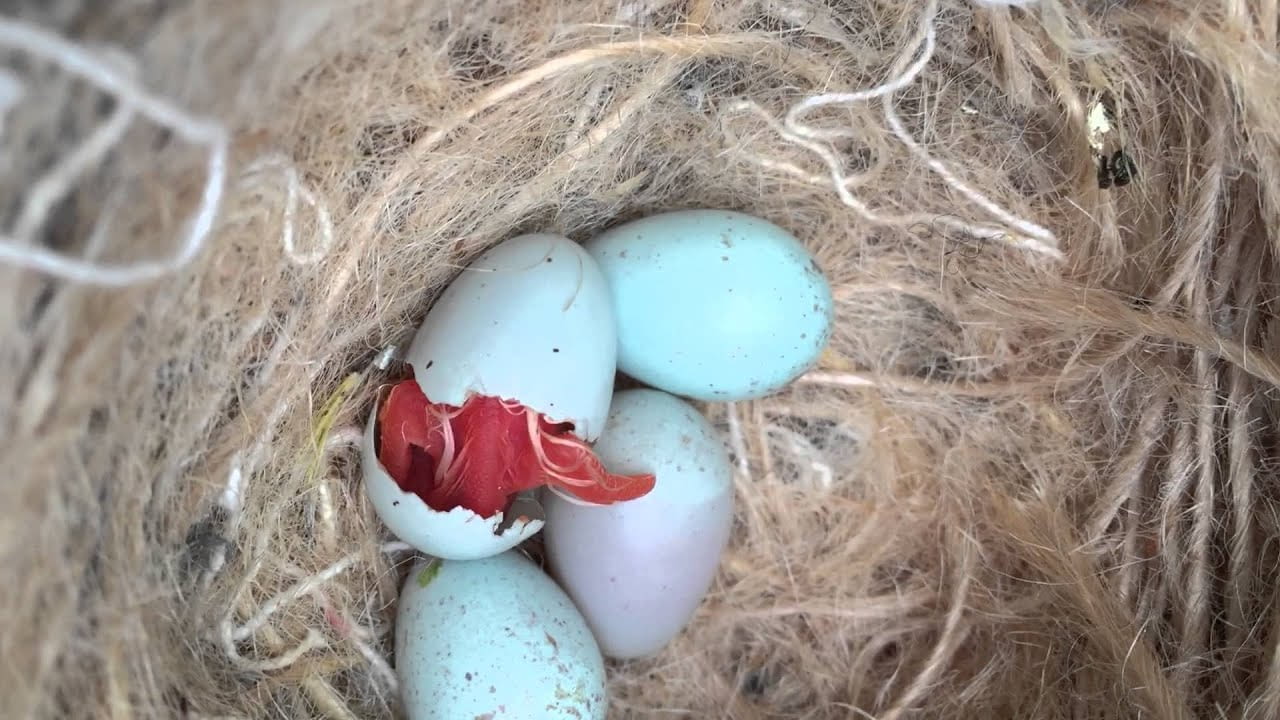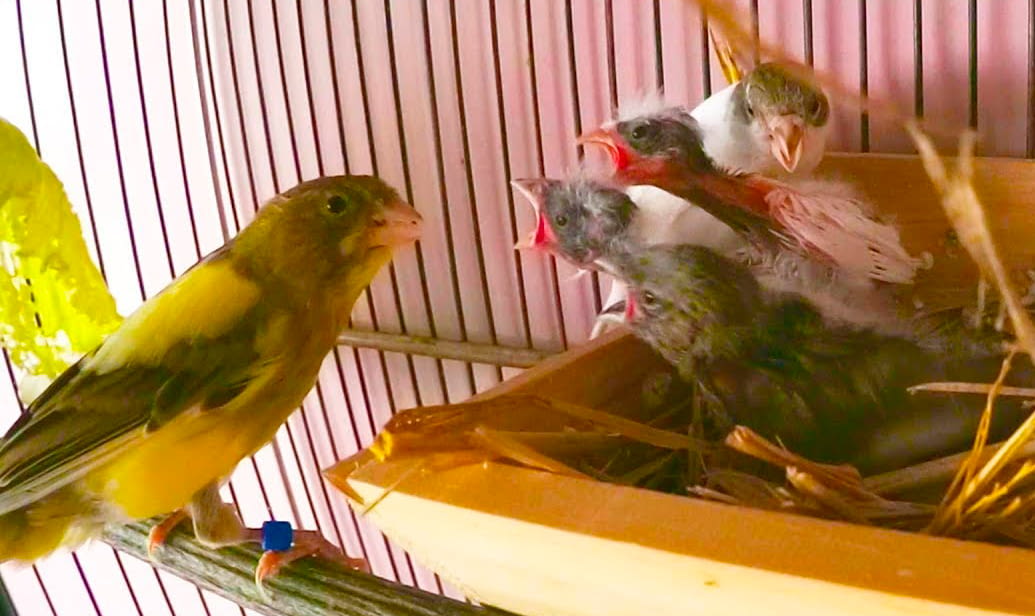
If you want to get started as a canary breeder or if you are the owner of a pet product store and have clients who want to start doing so, in today's article we will give you some tips.
ABOUT THE CANARIES
This friendly and sociable small bird is one of the most common pets in homes, due to its easy care and pleasant singing.
Originally, as its name indicates, from the Canary Islands and other areas such as the Azores or Madeira, it later began to expand, and we can currently find it in most countries.
FIRST STEPS
To guarantee that all the chicks hatch at the same time, the real eggs have to be replaced by other plastic substitute eggs. Once the female canary has finished spawning, place the original eggs back in the nest.
During the first week of incubation, it is advisable to candle the eggs to check that embryos are developing. Unfertilized eggs are those that do not show red vein formations when candled and have to be removed for two reasons: to make room for a new clutch and to prevent them from rotting and damaging the fertile eggs.

FIRST DAYS
At approximately 7 days of age, a ring can be attached to them. To do this, it is necessary to introduce the previous fingers first and continue sliding the ring along the leg together with the opposite finger until it is released and has remained in its place.
In the first 15 days, the demanding chicks will remain inside the nest and their tireless parents will take care of feeding and grooming them continuously.
It must be checked that the breeding cage is provided at all times with breeding paste, lettuce, egg paste, seed sprouts and fresh water.
Good quality food for canaries is always essential but, above all, during the breeding season, because the parents make an extraordinary effort! So you have to maintain a constant supply of protein-rich food, so that the parents do not faint and the young canaries can grow and form their fur.
After 20 days, the chicks begin to leave the nest, but they still do not feed themselves. In this period their appetite doubles, so it is necessary to increase the amount of food we put in the cage.
THE BREEDING PASTE
The breeding paste contains softened seeds (either boiled, soaked or with sprouts), ground hard-boiled egg and some vegetables or fruits. It may also contain other ingredients such as rolled oats, carrots or wheat semolina and can be mixed with whole wheat bread, cooked brown rice or peas.
This type of food spoils quickly, especially when it's hot, so it's best to keep pasta in the fridge. It is also advisable to supply the breeding paste in small portions several times a day, always washing the container between services to protect the newly formed family of canaries from bacteria.
In this professionals online store you will find a wide assortment of cages made of the highest quality materials, resistant and durable, as well as all the necessary premium paste and food for breeding canaries, offering them all the nutrients and vitamins for their growth and well-being.

FROM 4 WEEKS OLD
Around 4 weeks of age, the little canaries begin to feed themselves. At this time, it is very likely that the mother is taking care of a new clutch, so it is advisable to install 2 nests in the cage.
Once the young canaries are feeding on their own, they can be placed in an individual cage, continuing to offer them breeding paste, as well as a good vitamin complex and some delicacies such as rapeseed or soaked semolina. Another food very rich in vitamins that we can offer once a week to young canaries is bee pollen. It will strengthen their defenses.
Two to three weeks later, the young canaries will be mature enough to be moved to a larger cage or aviary so they can exercise before the first molt.
This is a stage of maximum demand for canaries, which arrives between the first 8 and 10 weeks of life. A good quality food for canaries is essential during this process, as are vitamins, fresh water, hygiene and the temperature of the environment. The new canary males will begin to rehearse their first melodies and this is how we can differentiate them from the females and begin to separate them.



